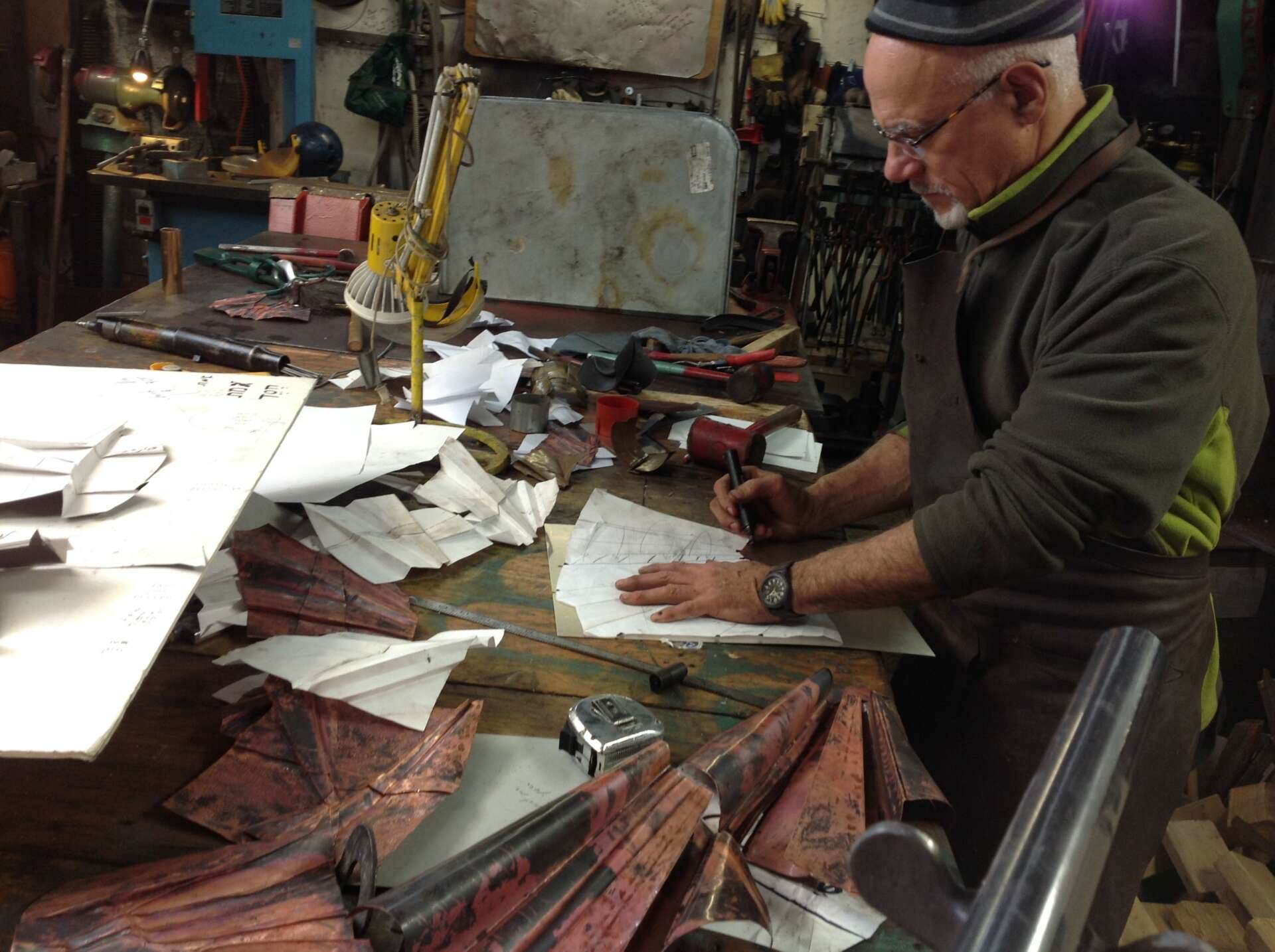We caught up with the brilliant and insightful Ira Sherman a few weeks ago and have shared our conversation below.
Ira, can you take a moment to introduce yourself and how you got to where you are today to our readers.
Sherman’s childhood might be cautiously labeled happy if it were not for his childhood obsession with the holocaust. His Jewish father fought the Germans in WWII and was severely injured from land mine explosions. .(his rescuers also stepping on land mines) …. “watching the recovery of my father left lasting fears and apprehensions of war, and my identity as a Jew was burdened with a strong fear and infatuation with the holocaust, especially the medical experiments and mechanized methodical techniques the Germans used to experiment, dominate and destroy the Jewish culture of Europe.”
Sherman was raised in a Jewish neighborhood on the north side of Chicago. Many of his neighbors were Holocaust survivors. While some individuals were extremely bitter from their experience, other more observant Jewish survivors seemed to cherish life, often attributing their survival as a witness to Hitler’s failed attempt to destroy the Jewish people. “I could not understand this feeling and side with the fearful, bitter individuals…… If you are a Jew, the Germans, or the world for that matter, wanted to kill you. This persistent fear ruined my childhood and severed my connection to Judaism. As a young adult, Ira replaced his Jewish identity with that of an artist willing to explore darker and more disturbing emotional content in his work. Sherman sought to reconnect with his Jewish identity but still allowed his edgy artistic expressions. Sherman’s work all at once began to express beauty, anger, violence, and redemption. He chose to compartmentalize his metalsmithing skills to simultaneously create stunning precious jewelry and institutional Judaica.
Ira’s grandfather, a Russian immigrant escaping the dangers of the Russian pogroms, started the family’s used machinery business located in a downtown Chicago industrial area. Ira spent many childhood hours examining and “playing” with the powerful metal fabrication equipment, absorbing the function and mechanical aesthetic of each type of machine.
The grimy public transportation trip from the Sherman’s Chicago’s north side four flats to his father’s business was grim and almost void of any pleasant aesthetic. “At an early age, I found myself wanting to manipulate mechanical architectural lines into beautiful, lyrical forms. At first as drawings and sketches and later as found object sculpture. The almost universal acceptance of impressionistic and abstract art in post-war America gave me the freedom to let my mind explore any direction, concept, or morality in my art and design.” This artistic exploration started at a very young age but really did not appear in any of Sherman’s art objects until the early 70s when Ira was introduced to formal metalsmithing techniques that allowed him to master metal as an expressive medium. The anything-goes attitude of the 60s further challenged Sherman to take on concepts and techniques that are rarely melded into physical art objects.
As an asthmatic, nervous, and allergic child, Ira spent many hours at the doctor for weekly allergy shots, fluoroscope exams for stomach problems, and yearly booster shots. “Some of my doctors were chain-smoking quacks. I began to associate the instruments of their medical profession with the instruments used by the Nazis to experiment and torture the Jews.”
Sherman began to blend the inspirations and aesthetics of his father’s metal fabrication machines, his doctor’s medical instruments, and prosthetic legs worn by his wounded father into a new collection of sculptures he titled “Panaceas to Persistent Problems and Impenetrable Devices.”
Each of Sherman’s prosthetic devices is designed to be stunningly beautiful, technically ingenious, culturally challenging, and intimately attached to human experience. Early conceptual sculptures gave way to plausible machines that regulate aggressive, sexual, and antisocial behaviors but use a lovely aesthetic to counter an ugly temperament.
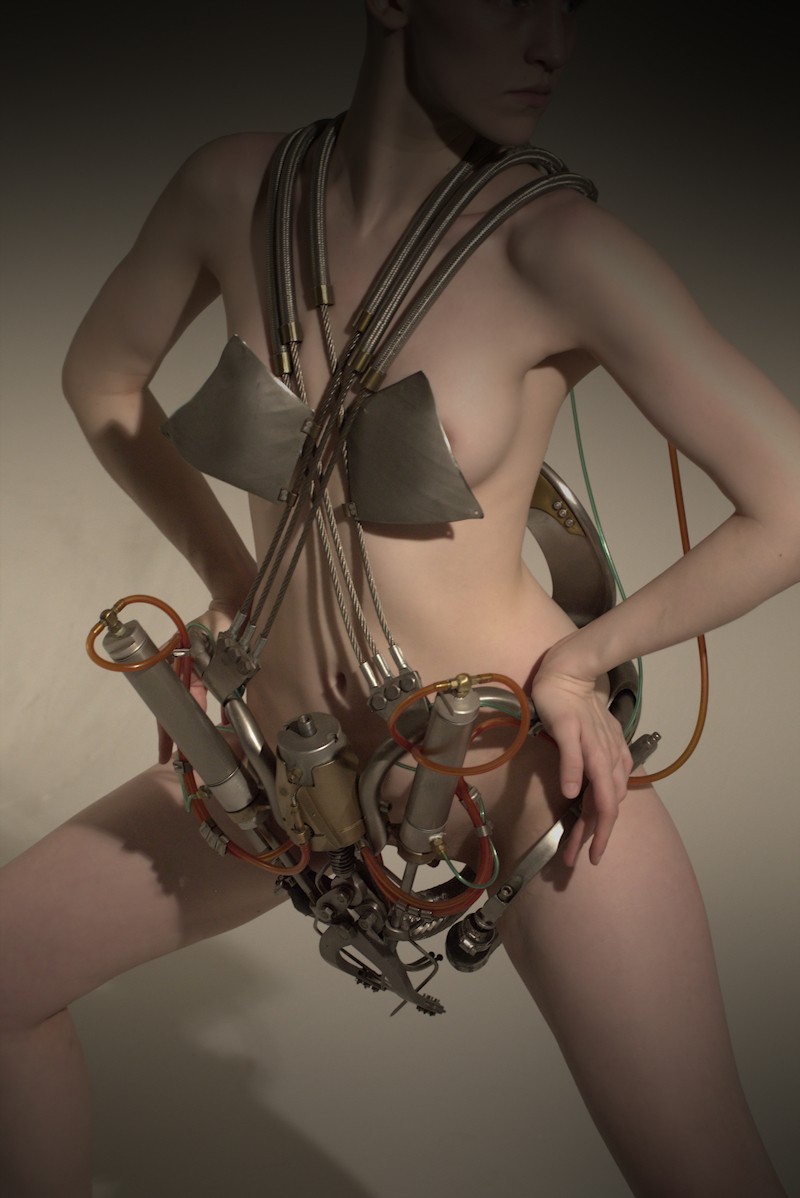
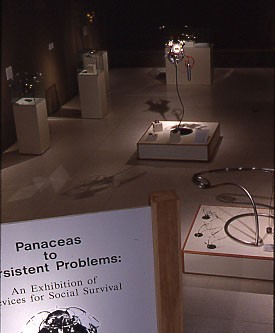
What’s a lesson you had to unlearn and what’s the backstory?
I always feared asking questions about topics I had little knowledge of in public forums like in school, or attending workshops or even social or political meetings. I might be viewed as stupid or incompetent. I later learned one of the best gifts for learning is to admit stubborn ignorance.

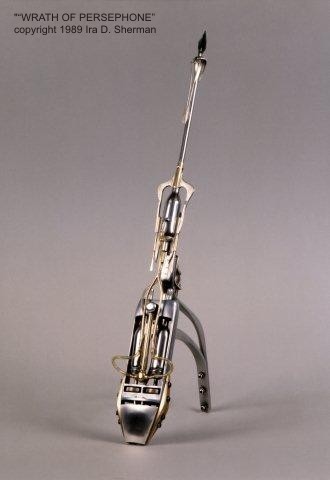

Have you ever had to pivot?
I was the victim of an armed robbery in my early 30s. Before this event I had never traveled out of the USA fearing I could get hurt. After this event, I started traveling to many places in the world and soon realized the USA may be on of the most unsafe places to live. The result of my travels and understanding I really have no control when and how my life will end freeded me up to enjoy life.
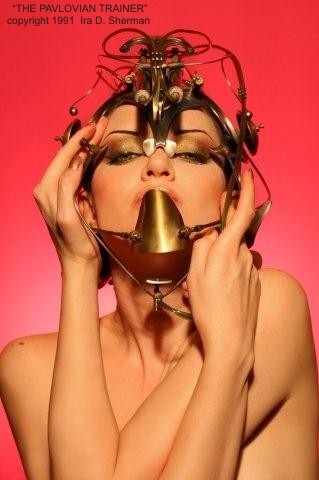
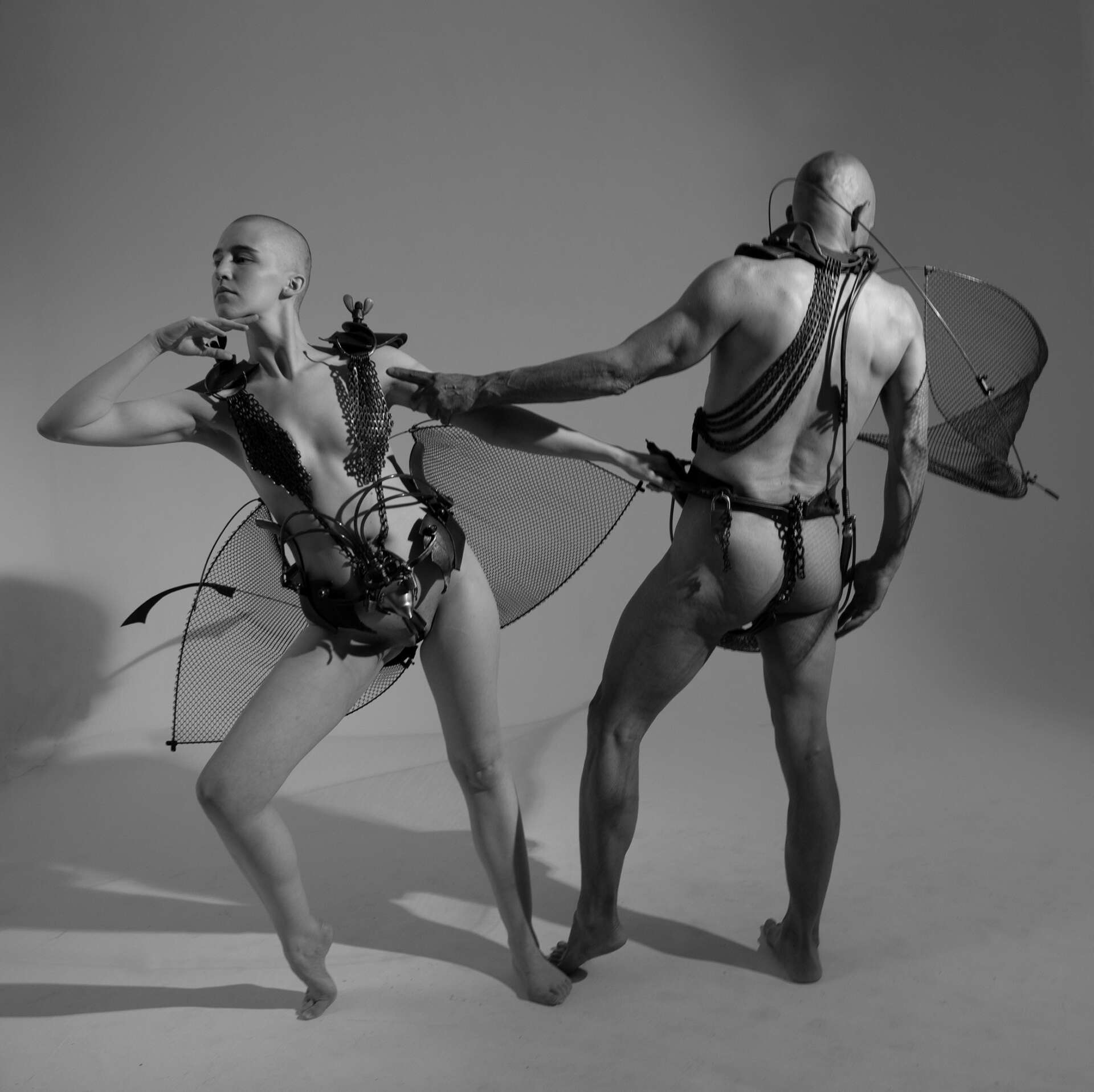
Contact Info:
- Website: www.irasherman.com
- Instagram: shermanmagicmetal
- Facebook: www.facebook.com/ira.sherman.5
- Other: https://www.youtube.com/watch?v=PO7TaA-3AfI https://www.youtube.com/watch?v=joTymh7XIow https://www.youtube.com/watch?v=ZePrbe2OKnU https://www.youtube.com/watch?v=g0-uxKiSfoY https://www.youtube.com/watch?v=SOG6WKZCWqY
Image Credits
Jerri Hurd, James Stolzenbach,


